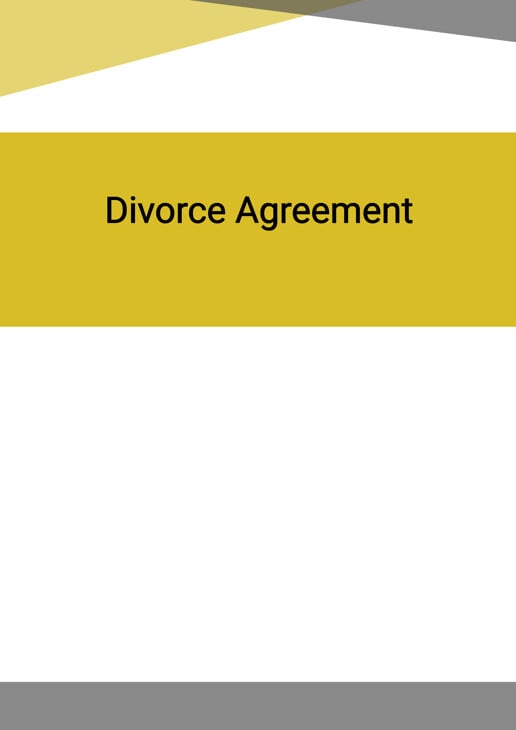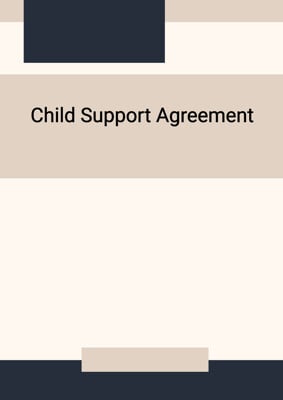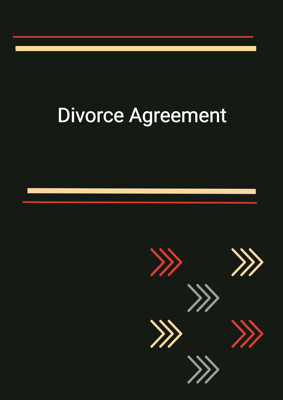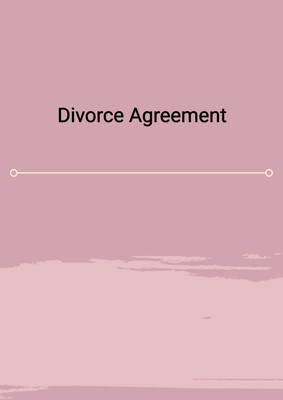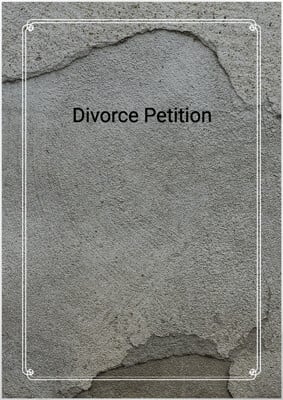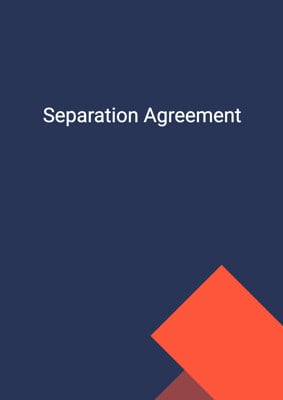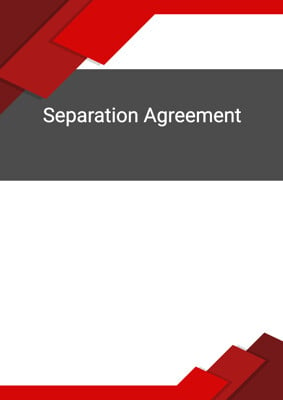How to Tailor the Document for Your Need?
01
Create Document
Fill in the details of the parties. You can click the "Fill with Member’s Information" button to complete it with information saved to your account.
02
Fill Information
Please fill in any additional information by following the step-by-step guide on the left hand side of the preview document and click the "Next" button.
03
Get Document
When you are done, click the "Get Document" button and you can download the document in Word or PDF format.
04
Review Document
Please get all parties to review the document carefully and make any final modifications to ensure that the details are correct before signing the document.
Document Preview
Document Description
The Divorce Agreement is a legal document that outlines the terms and conditions for the dissolution of a marriage. It is important because it provides a clear and legally binding agreement between the parties involved, ensuring that both parties are aware of their rights and responsibilities.
The entire document is divided into several sections, each addressing a specific aspect of the divorce process. The background section provides information about the marriage, stating that it has broken down irretrievably and that the parties have lived apart for a continuous period of at least one year. This section also mentions that there have been no previous court proceedings related to the marriage or any children of the parties.
The first section of the document is about child custody. It states that the parties are parents or legal guardians of one minor child and provides details about the child's name, date of birth, and address. It also confirms that no other child has been born during the marriage. The terms relating to child custody, including visitation rights, are further explained in Schedule 1.
The second section of the document addresses child support. It specifies that the husband will pay a monthly amount directly to the wife for the child's support. It also mentions that the husband will be responsible for medical and dental insurance for the child, as well as other reasonable expenses related to the child's schooling.
The third section of the document deals with spouse maintenance. It states that the husband will pay nominal maintenance to the wife during the joint lives of the parties or until the wife's remarriage. The amount and timing of the maintenance payment are further clarified.
The fourth section of the document focuses on the transfer of cohabitation property. It states that the husband will transfer his interest in the cohabitation property solely to the wife, making her the sole registered proprietor. It also mentions the liabilities and responsibilities associated with the transfer.
The fifth section of the document addresses other property. It clarifies that all pre-marital and post-marital property, except for the cohabitation property, will be regarded as each party's separate property.
The sixth section of the document includes miscellaneous provisions. It states that insurance policies remain the sole asset of the policyholder and that each party is solely liable for any debts and civil or criminal liabilities in their sole name.
The seventh section of the document contains undertakings. It states that each party undertakes to accept the financial provision set out in the agreement and that the provision in favor of either party shall be the full and final settlement of all claims for income and capital provision arising out of the marriage.
The eighth section of the document emphasizes the importance of independent legal advice. It acknowledges that the parties have sought independent legal advice and fully understand the nature and effect of the agreement.
The ninth section of the document highlights the requirement of full disclosure. It acknowledges that the parties have made full and frank disclosure to each other regarding their means and resources.
The tenth section of the document states that no amendment or variation of the agreement is valid unless recorded in a supplemental agreement signed by each party.
The eleventh section of the document addresses severability. It states that all terms and conditions are severable, and if any of them are held to be invalid, the agreement should be interpreted as if such invalid term(s) or condition(s) were not included.
The twelfth section of the document states that the agreement constitutes the entire agreement between the parties and supersedes any previous agreements or arrangements.
The thirteenth section of the document specifies the governing law and jurisdiction.
In conclusion, the Divorce Agreement is a comprehensive document that covers various aspects of the divorce process, including child custody, child support, spouse maintenance, property transfer, and other important provisions. It ensures that both parties are aware of their rights and responsibilities and provides a clear and legally binding agreement for the dissolution of the marriage.
How to use this document?
1. Gather all necessary information: Collect all relevant information about the parties involved, including their names, addresses, and any details related to the marriage and children.
2. Determine child custody arrangements: Discuss and agree upon the custody arrangements for the child, including legal custody and physical custody. Consider factors such as visitation rights, holidays, and vacations.
3. Establish child support obligations: Determine the amount of child support to be paid and the frequency of payments. Consider additional expenses such as medical and dental insurance and education expenses.
4. Determine spouse maintenance: Agree upon the amount and duration of spouse maintenance to be paid. Consider factors such as the length of the marriage and the financial situation of both parties.
5. Transfer cohabitation property: Decide on the transfer of the cohabitation property from one party to the other. Consider any liabilities and responsibilities associated with the transfer.
6. Address other property: Clarify the ownership and division of any other property, excluding the cohabitation property.
7. Include miscellaneous provisions: Discuss and include any additional provisions or agreements regarding insurance policies, liabilities, and indemnification.
8. Seek independent legal advice: Each party should consult with their own legal counsel to ensure they fully understand the terms and implications of the agreement.
9. Ensure full disclosure: Both parties should provide complete and accurate information about their financial means and resources.
10. Record any amendments: Any changes or amendments to the agreement should be recorded in a supplemental agreement signed by both parties.
11. Consider severability: Include a provision stating that if any part of the agreement is deemed invalid, the remaining terms should still be enforceable.
12. Review and finalize the agreement: Carefully review the entire agreement to ensure all terms and conditions are accurately reflected. Make any necessary revisions before finalizing the document.
13. Seek legal advice if needed: If there are any complex legal issues or concerns, it is advisable to seek further legal advice to ensure the agreement is legally sound.
14. Sign the agreement: Once both parties are satisfied with the terms, sign the agreement in the presence of witnesses.
15. Keep a copy of the agreement: Each party should retain a copy of the signed agreement for their records and future reference.
Not the right document?
Don’t worry, we have thousands of documents for you to choose from:
